The proliferation of cells, which is the main reason for the beginning of life and which we can say would not exist without it, is a kind of miracle. There are two ways for the multiplication of this complex structure in which the organelles are located. One of them is mitosis. Let’s take a look at the mitosis division, its features and phases that we see in the science lesson in primary school and biology lesson in high school.
For single or multicellular organisms, division is the only way to reproduce. One of these types of division is mitosis. Mitotic divisionIt takes place after various stages.
It is surrounded by a self-protecting membrane, on the outside containing organelles. cellbegins to grow from the moment it is first formed. With the development of the organelles and the nucleus in it over time, it is time to divide. Alright mitotic division why? Bride phases and features Let’s take a closer look.
What is mitosis, what are its stages and features?
Let’s start with the basics, what is mitosis?
Mitotic divisionrefers to the process of cellular division in which a single cell divides, resulting in two identical cells. By synonym, it means that both cells have the same number of chromosomes and genetic content.
Originally, the term mitosis was used only in some cells, such as certain fungi, and in the fertilized eggs of many insects. cytokinesis It meant nuclear division, not accompanied by cytoplasmic division. Now the term mitosis is used interchangeably with the term cell division. However, another cell division involving sex cells meiosis It is not always available because it has a form.
How does mitosis take place?
Mitosis takes place in somatic cells, especially in the nucleus. A cell is a sequence of cells that results in the formation of two identical daughter cells. mitotic goes through the event. Although these mitotic stages are the same in every asexual cell, they are different in plants. Before all mitotic events in plants, a phase called the prophase takes place.
So what are the stages of mitosis, in order?
- Interface
- Prophase
- prometaphase
- metaphase
- anaphase
- telephase
Interface:
Before the cell begins to divide by mitosis, DNAis copied in preparation for cell division and two identical sets of chromosomes are formed. Outside the nucleus, there are two cells, each containing a pair of centrioles. centrosome These structures are critical to the cell division process. Interface It is divided into 3 stages in itself;
G1 phase is the stage before DNA is synthesized. S phase is the stage in which DNA synthesis takes place. The new cell formed as a result of the previous division grows andcontinuing its normal activities is the phase. In other words, ATP, RNA, protein, enzyme and organelle synthesis take place. S phase is the stage in which DNA synthesis and replication take place. When the cell reaches the maturity of division, the order to divide comes from the nucleus thanks to the signal molecules. The G2 phase is the phase where DNA synthesis ends, DNA replication is controlled, and prophase begins. Here, too, ATP, RNA, protein and organelle synthesis continue.
Prophase:
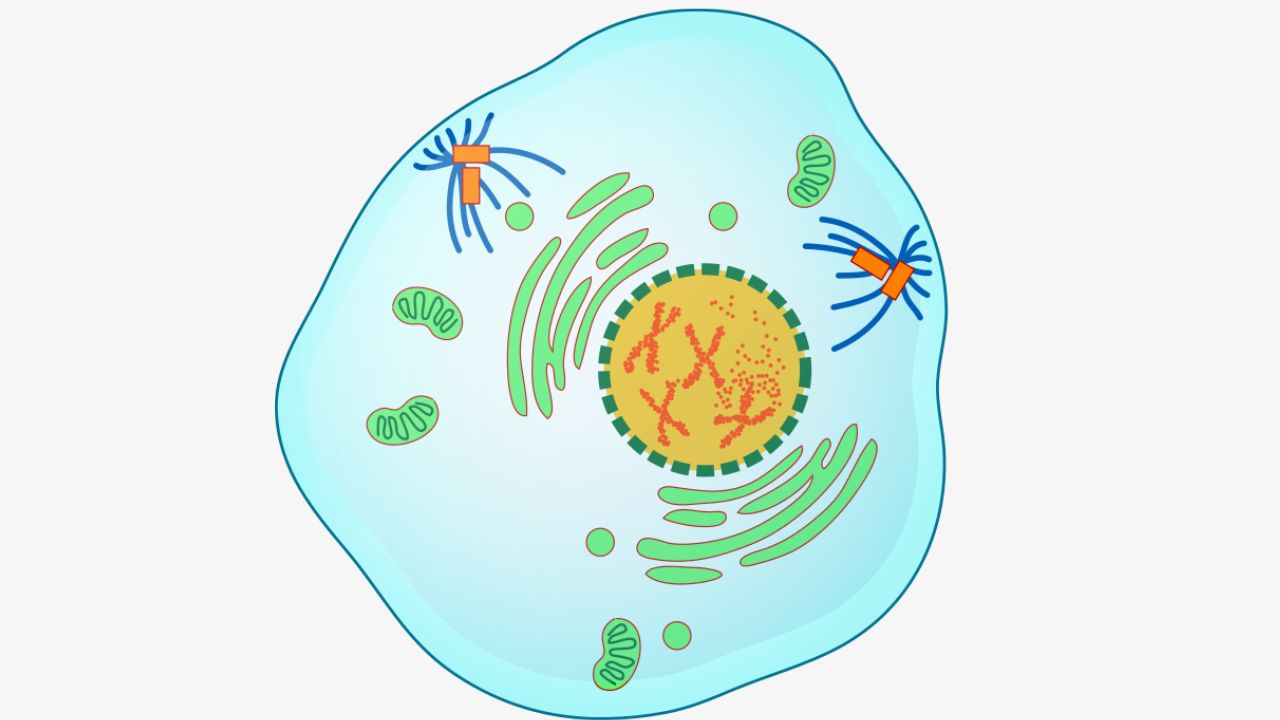
Prophase occurs immediately after the S and G2 stages. Chromosomes evolve into X-shaped structures that are easily visible under the microscope. Two siblings with each chromosome containing the same genetic information from chromatid occurs. Then the chromosomes pair up so that both copies of each chromosome are together. Prophase Eventually, the membrane around the nucleus in the cell dissolves, releasing the chromosomes. Here the nuclear membrane begins to break down.
Prometaphase:

in prometaphase The membrane surrounding the nucleus is now completely disintegrated. extending from centromere microtubules reaches the chromosomes.
Metaphase:
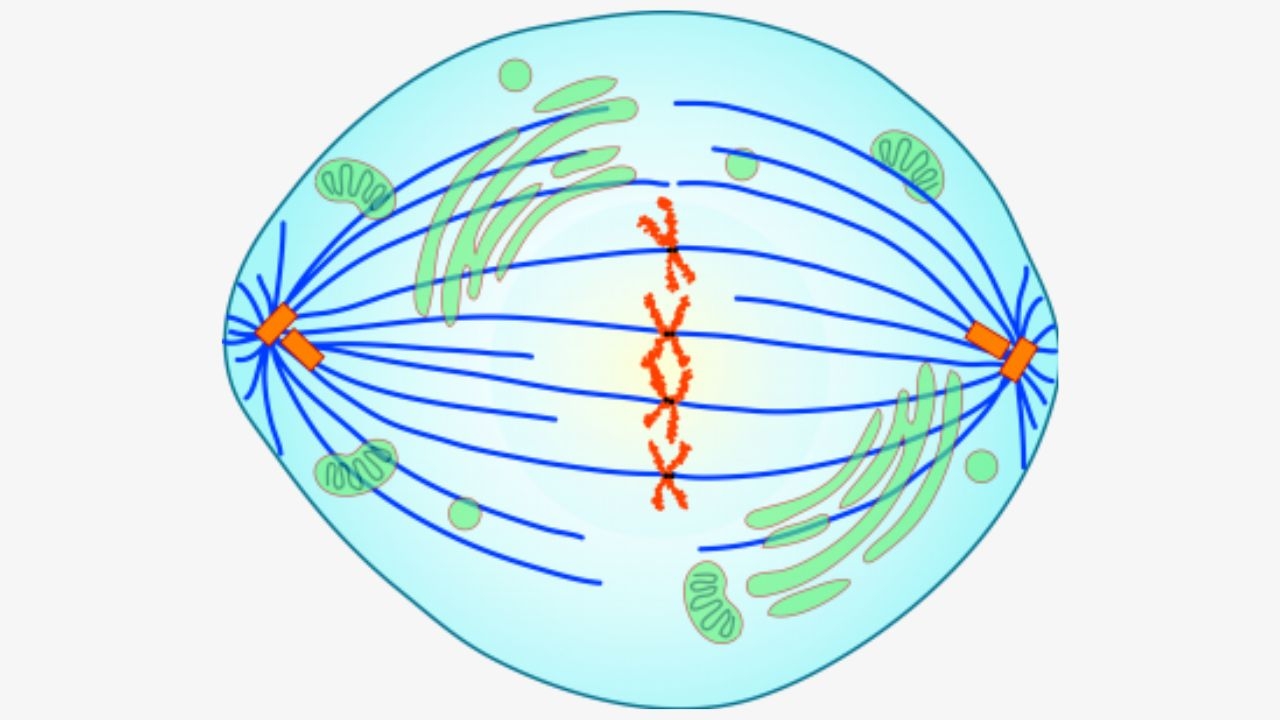
Chromosomes are arranged neatly along the equator, which is the center of the cell. Microtubules pull the chromosomes with equal force. Thus, each new cell will be formed. chromosome will be able to receive.
Anaphase:
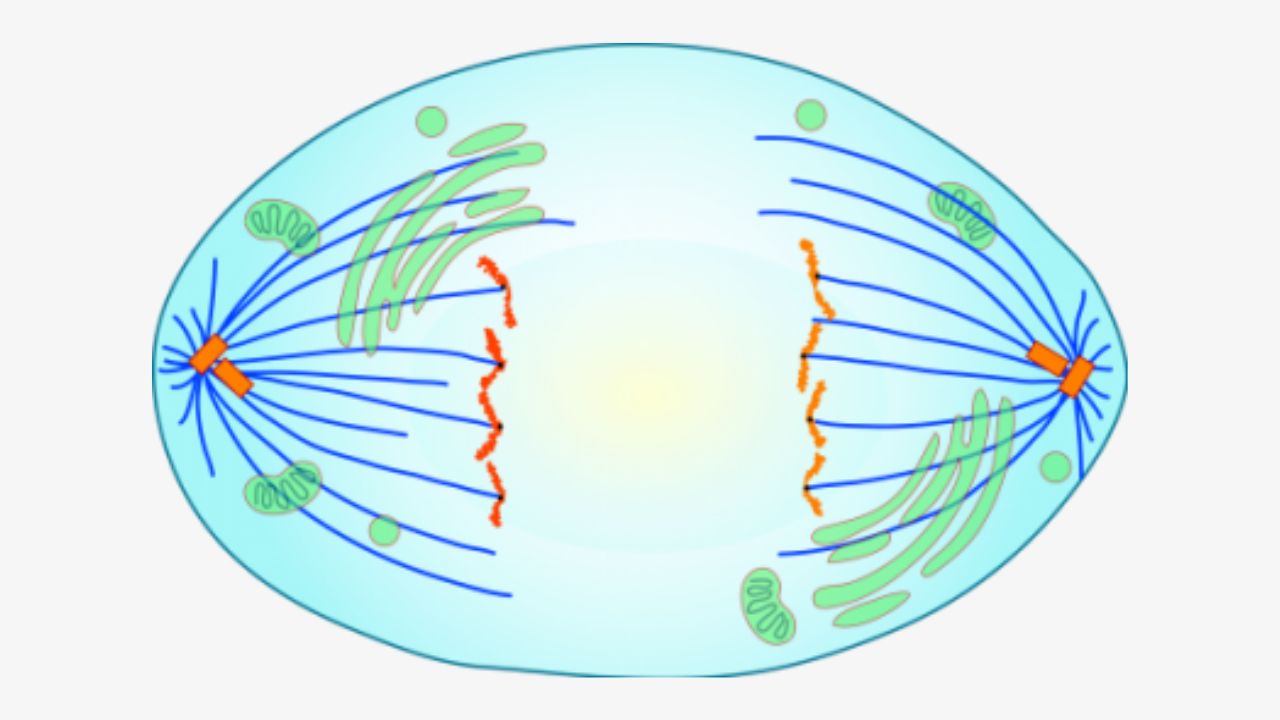
Separation of sister chromatids anaphase indicates the start. These sister chromatids become chromosomes of small nuclei. Sister chromatids are then separated by the mitotic spindle, which pulls one chromatid to one pole and the other to the opposite pole. At this stage, the cell verifies that the newly formed cells have each identical chromosome.
Telophase:
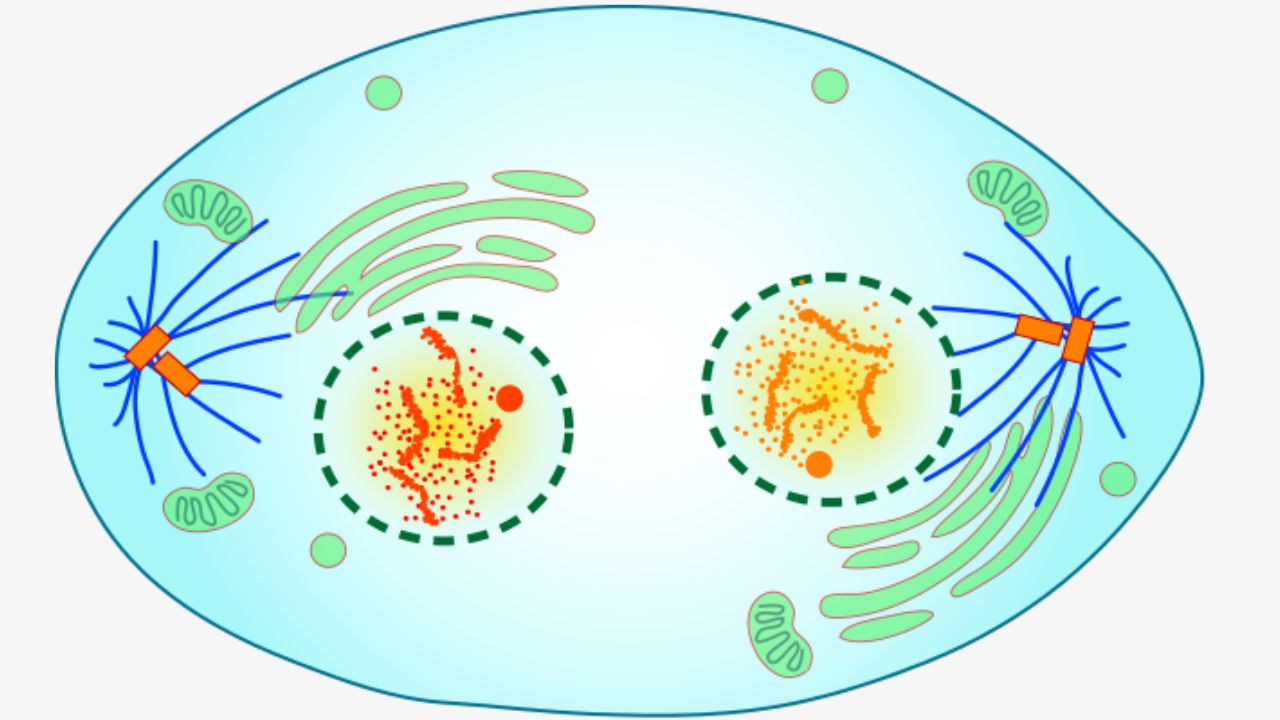
It begins with the attraction of sister chromosomes to the poles of the resulting cells. At this stage, the nuclear membrane forms around the chromosomes in the nucleus, as in the mother cell. So the chromosomes from the cytoplasm gets separated.
Also, during this phase, the chromosomes unravel again. Mitotic spindle fibers disappear. In every daughter cell nucleolus occurs again. After all, the final stage is known as the stage in which the cell cytoplasm divides. cytokinesis starts. The cytokinesis phase can sometimes begin in the anaphase phase.
What are the main features of mitosis?
- It promotes the growth of the organism
- Provides cell repair
- Replaces the cell with a new one
- Controls the cell division cycle
It ensures the growth of the organism:
An adult human is made up of billions of cells, and all cells in the body have the same genetic component has. This genetic stability is achieved by mitosis. These cells in the body are formed by mitosis from the first cell zygote. The zygote divides by mitosis to form genetically identical daughter cells.
Provides cell repair:
Blows from the outside, wounds cells kills or damages. These damaged or dying cells should be replaced by cells of the same type with the same genetic quality. This is achieved by mitosis.
Replaces the cell with a new one:
Let’s take blood cells as an example. Red blood cells have a lifespan of 120 days. After 120 days, it should be replaced with new cells. This cell change enables mitosis. Similarly, skin cells are constantly replaced.
It performs the control of the cell division cycle:
The cell cycle is controlled by genes. The specific signaling molecules are G1, G2 and M at the 3 checkpoints of the cycle. to continue smoothly provides. The cell cycle is regulated by the stop and continue signals at these points. If the cell has reached a sufficient size at the G1 checkpoint, a continuation signal is given.
DNA damage and cell size are checked at the G2 checkpoint. If there is no problem, a continue signal is given. At the M control point, the attachment of the kinetochores to the spindle fibers is checked. If there is no problem, a continue signal is given. Cell cycle control is disrupted for any reason to the formation of cancer causes. These cells do not respond to the division signals, they divide continuously and cause tumor formation and thus the emergence of cancer disease.
Let’s take a closer look at the importance of mitosis:
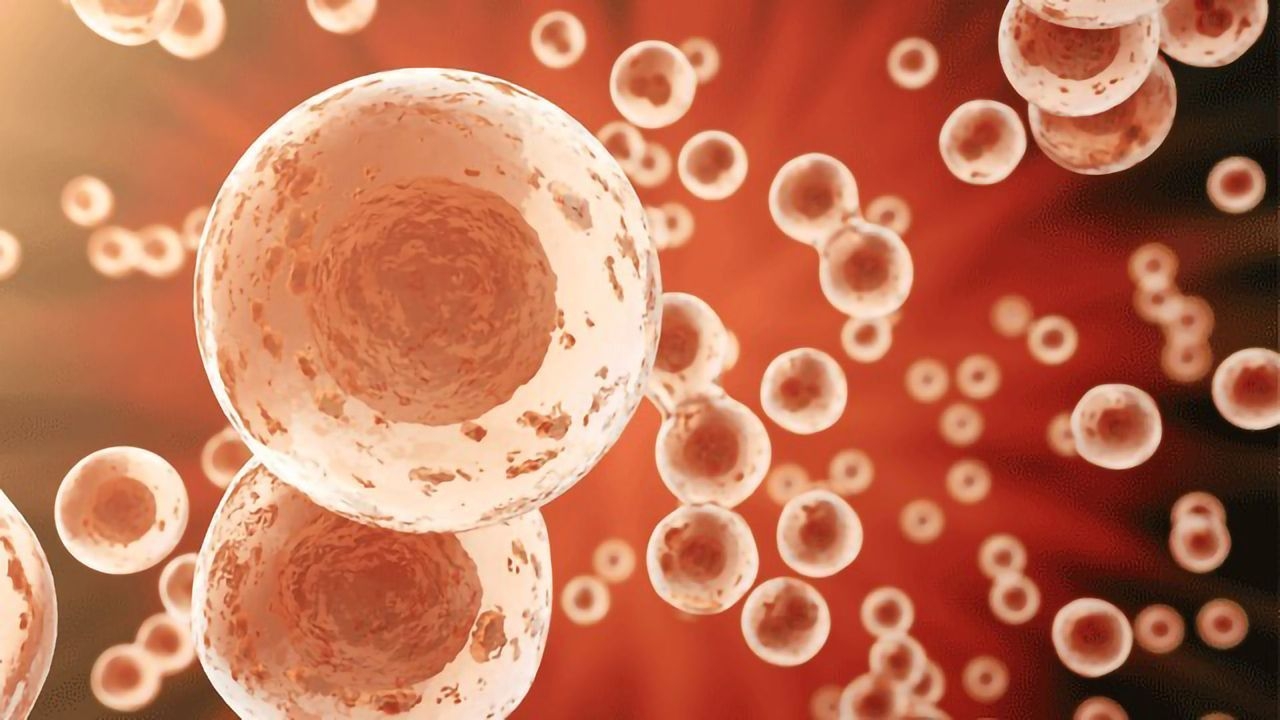
The balance between the nucleus and the cytoplasm is achieved by mitosis, so the shape and size of the cell constant. In multicellular organisms, a unicellular zygote develops into a multicellular embryo. By repeating the same process, the embryo eventually forms the multicellular organism. It is responsible for the transformation of the zygote into an adult. It forms reproductive organs in multicellular organism. Reproduction in eukaryotic organism takes place by this process. (as in Chlamidomonas).
Mitosis ensures the quantitative and qualitative distribution of chromosomes in all cells of an organism. It maintains a fixed number of chromosomes in all body cells of an organism. Any wound or broken part of the organisms can be rapidly transformed by mitosis. fix can be done. Diseases such as tumors and cancer are caused by uncontrolled mitosis.
Mitosis is used to produce genetically similar offspring. For example, budding of hydra and yeast, binary fission in amoeba, etc. Mitosis allows the sexually reproducing organism to grow and develop from a single cell to a sexually mature individual. This allows organisms to continue to reproduce for generations. DNA of the cell and RNA It helps to maintain a balance between the contents.
